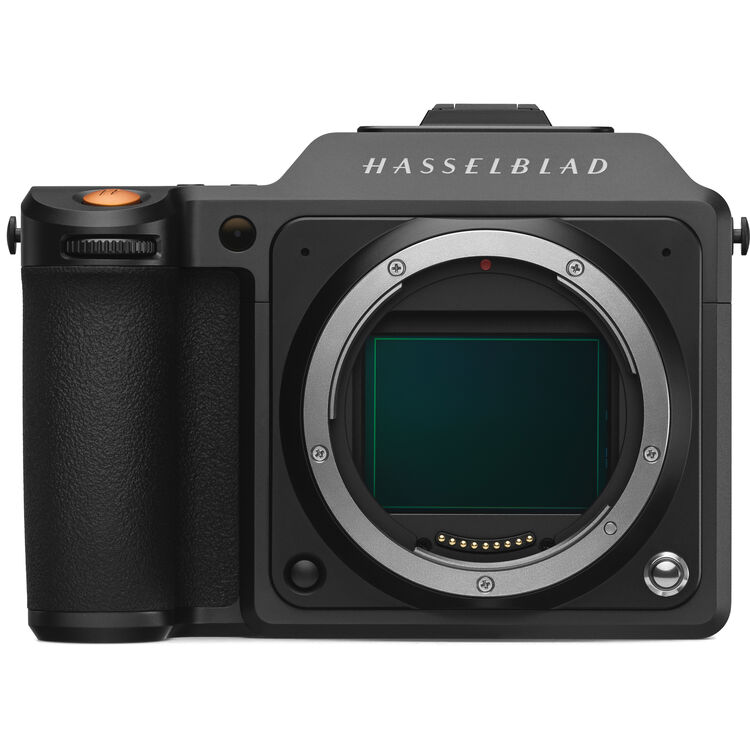We’ve been getting wonderful qeustions from our members. Please feel free to submit similar questions to teamlula@luminous-landscape.com
Hasselblad X2D, Fujifilm GFX 100ii, or Nikon Z?
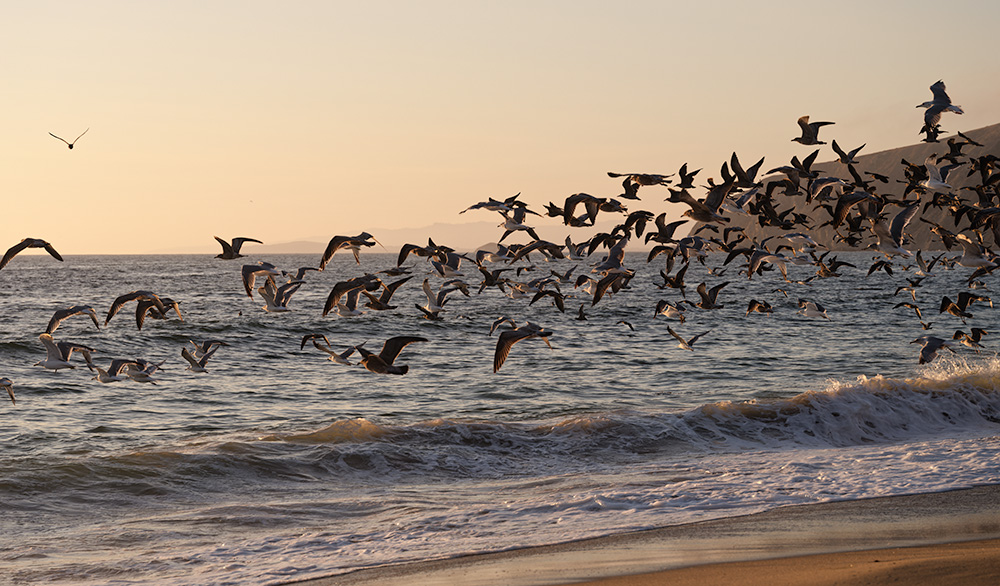
Who says you can’t photograph wildlife with a GFX 100S? Fujifilm GFX 100S, Fujinon 120mm f4 Macro!
Snap & Ask Lula: (A question from a member)
“So, in your opinion, do you feel that the Hasselblad X2D with, say, the Hasselblad 120/3.5 XCD Macro lens would give me a very substantial improvement in image quality (particularly image sharpness and detail rendition) in the large prints, over either the Fujifilm GFX 100 ll, or my Nikon Z System?”
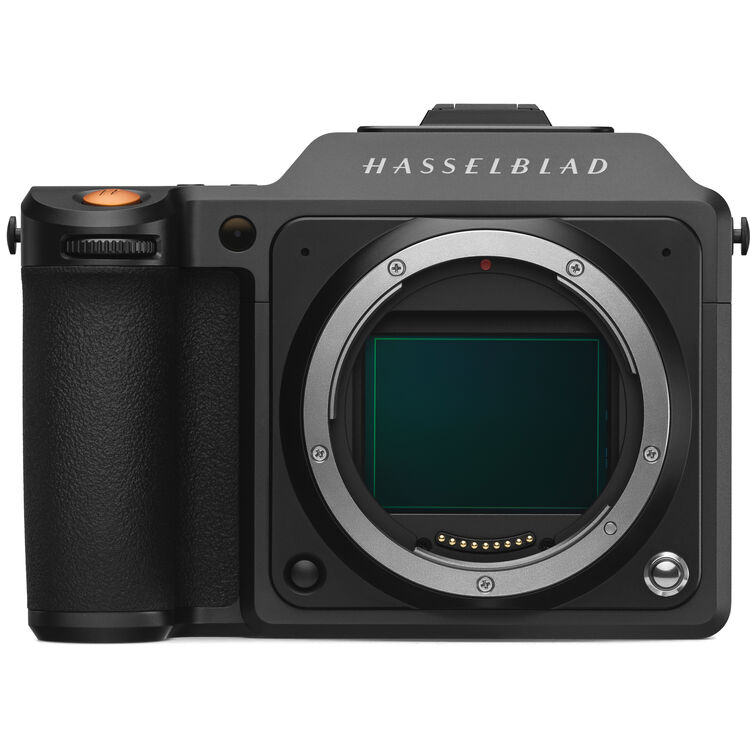
Assumptions:
- First of all, let’s define the parameters of the question. The answer for big-print image quality from raw files is quite different from “what camera do I want to use for any particular subject”. As we’re just talking about “image quality” here, I’ll take that as “big print image quality” – incorporating resolution, color and dynamic range.
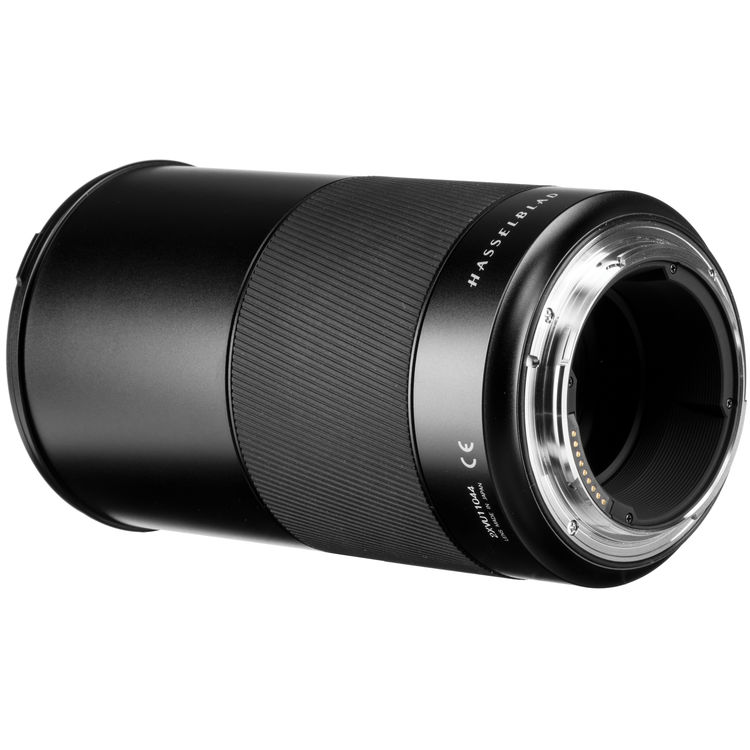
- Second, we don’t have a particular camera on the Nikon side – to make Nikon as competitive as possible, let’s call it a Z7 or Z7 II (a Z8 or Z9 would be more versatile and have ALMOST the same low-ISO image quality – the stacked sensor loses about a third of a stop of low-ISO dynamic range). Any of the four 45 MP cameras would be pretty close to each other, and they all have at least a one-stop advantage in overall IQ over any OTHER Nikon Z.
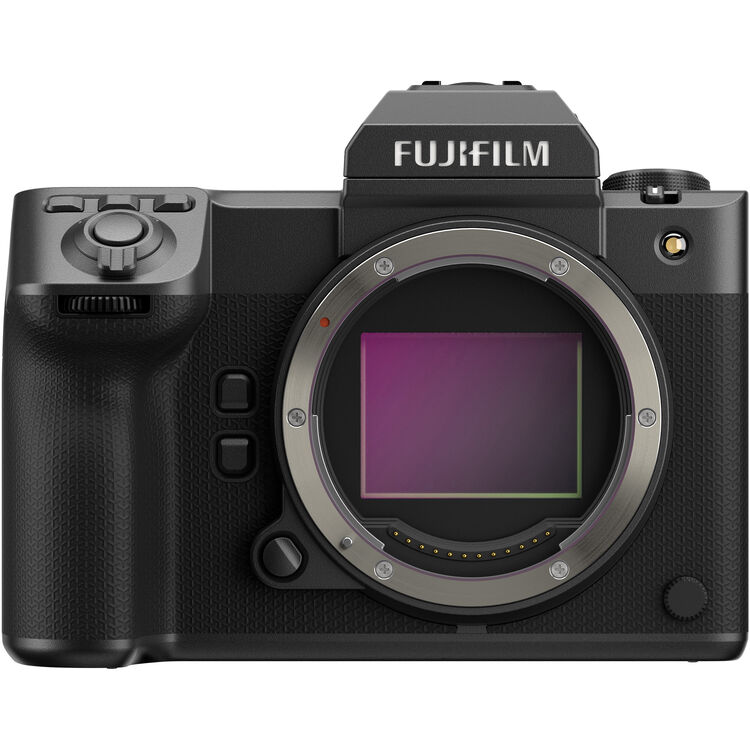
- Third, since only the Hasselblad lens was mentioned, let’s give each of the other two cameras a comparable lens. The Fujifilm is wearing the GF 120mm F4 Macro. The Nikon has the 105mm f2.8 S-line Macro lens specifically for the Z system. All three are world-class lenses, among the sharpest in their systems. I have reviewed the Fujifilm lens for The Luminous Landscape, and I have extensive experience with the most recent DSLR version of the Nikkor (which is excellent). Reviewers I trust say that the Z lens is clearly better than the DSLR lens I know. I have no experience with the Hasselblad lens, BUT high-end short telephoto macro lenses are a well-known class of lenses – most of them are excellent, and the Hasselblad lens is very well reviewed.
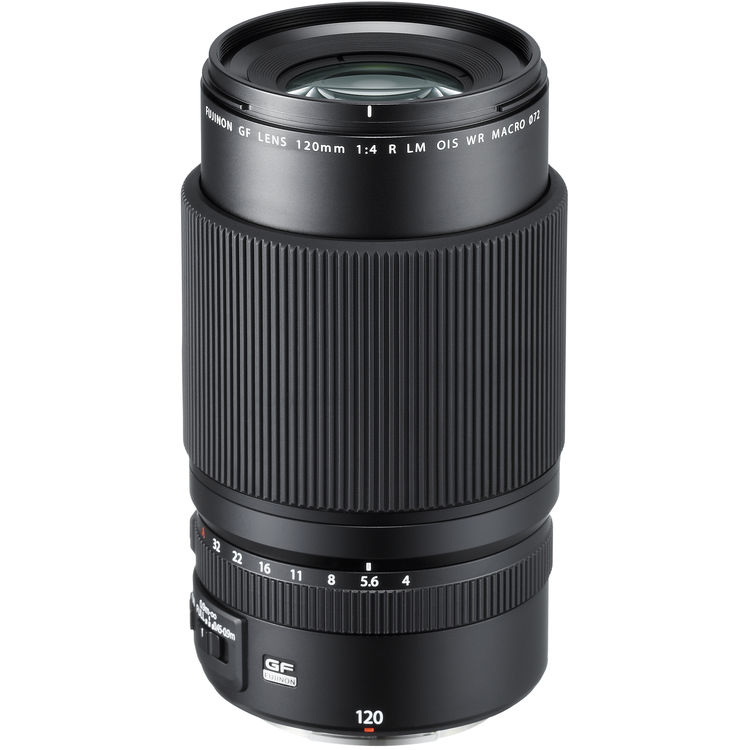
Thoughts:
I have extensive experience with both the Fujifilm and Nikon systems, although not the Hasselblad. Some parameters are going to be very similar between Fujifilm and Hasselblad, because it’s the same sensor (resolution, dynamic range) while others may not be (color).
The Fujifilm and Hasselblad systems will have a clear advantage of a full stop (or a full print size) over the Nikon in resolution and dynamic range. I’m comfortable making 24×36” prints from 45 MP Nikon Z raw files, while I’m comfortable going up to 40×60” from the 100 MP sensor.
How small a print can you see the resolution difference in? I’d say 16×24” under close (in hand ) examination, assuming excellent technique. At around 20×30”, it will become visible in a wall print mounted in a location where you can look closely.
The dynamic range advantage is dependent on subject, not print size. If you are photographing redwoods in the fog, the scene could have only four stops of dynamic range, and whether your camera has eleven and a half stops of dynamic range or twelve and a half is immaterial.
If you are photographing a high contrast scene, the 100 MP sensor’s extra stop of dynamic range could well be visible in an e-mailed image (assuming you used a file format capable of handling the DR and an HDR monitor – JPEG only supports eight stops at a time).
Color is subjective, of course. Fujifilm and Nikon, in that order, are my two favorites among systems I have used. Both have taken Sony-based sensors and applied their own color filtration and processing, getting results that I find significantly preferable to (and that require significantly less editing than) Sony’s own output from a similar sensor.
Finally, we need to consider cost and versatility. As of mid-February 2024, you can get a refurbished Nikon Z7 with the very good 24-70mm f4 zoom for $1649 (the current-generation Z7II with the same zoom is $3196, and it’s new instead of refurbished) .
The world-class macro lens is another $946. A Fujifilm GFX 100S costs $4399 on an excellent sale that has been running for a few months now, and the faster GFX 100 II is $7499. The macro lens adds $2699 (rebates sometimes pop up on the lens). The Hasselblad body is $8199, with a $4499 lens.
The Hasselblad X2D 100C is the slowest and least versatile of the cameras, although it has the best flash support (the reason the lenses are so expensive is that they have leaf shutters that allow them to sync with flash at any speed). It has no continuous autofocus at all, eliminating it from consideration for anything involving action. It also has the least versatile lens line – mostly primes, mostly medium speed and medium focal length.
Fujifilm’s lens line adds zooms, a few specialty lenses (I’ll be reviewing the 30mm tilt/shift next month) and the beginnings of telephoto coverage (with a compact 500mm coming this year). Nikon’s lens line is among the most comprehensive in the business, with a particular strength in telephoto.
The Fujifilm GFX 100 S and original Nikon Z7 are both relatively slow cameras, although I’ve actually photographed wildlife with both over the years, and both are more than fast enough for any of the more contemplative genres of photography (as the Hasselblad is for many of them). The GFX 100S is my primary camera, the Z7 was, and they’re two of my favorite landscape cameras.
The GFX 100 II and Z7 II are medium-speed, modern cameras capable of most images, and Nikon goes farther. For a small loss in maximum image quality, you can have a Z8 or a Z9, world-class sports and action cameras, and Nikon has the telephotos to support them.
If you put the 600mm f4 on your Z8 and step into the photographer’s pit at Fenway Park, the question is “how well can YOU photograph baseball”, not “is your camera fast enough”


